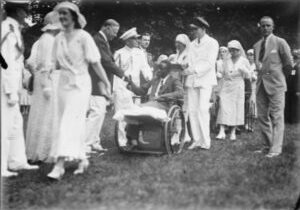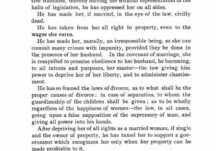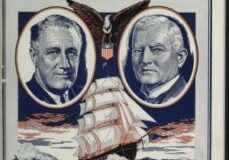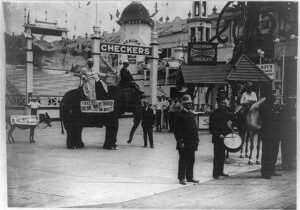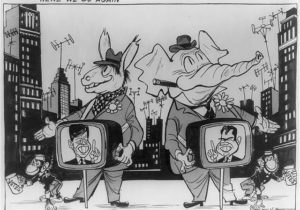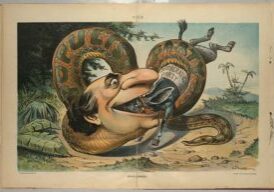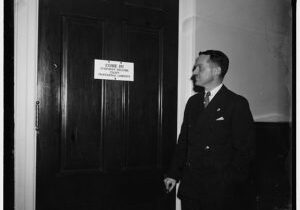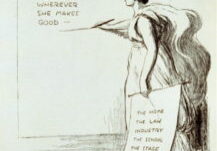Lesson Plans
The Magna Carta: Due Process from King John to the 14th Amendment and Beyond
Students trace both the origins and results of the Magna Carta in the context of the U.S. Constitution and the 14th Amendment, then consider a contemporary case related to law enforcement robots.
Who Should Care for America’s Veterans?
Students investigate the U.S. government’s role in the care of returning soldiers throughout history, then craft a proposal to the Veterans Affairs Department outlining how returning veterans today should be cared for that addresses medical care (both physical and mental health), job training/search, education, and housing.
The Fight for Women’s Rights
Students investigate the grievances listed in the Declaration of Sentiments presented at the Seneca Falls Convention in 1848, then research contemporary women in the news to assess the current state of women's rights.
FDR and the Alphabet Agencies
Students analyze Franklin Delano Roosevelt’s First Inaugural Address and compare the promises made to his later work as president, then apply what they learned to create a government agency that would deal with a contemporary issue.
Political Parties – Beginning
Students investigate the major political parties in the United States and the role they play in U.S. elections, then create political parties focused on issues affecting students at their school.
Political Parties – Intermediate
Students investigate the two-party system in the United States and analyze partisan priorities, then create political parties that speak to issues affecting young people.
Political Parties – Advanced
Students gain a deeper understanding of political parties and the role they play in U.S. elections, evaluate how partisan priorities have changed over time, and then create political parties that speak to issues affecting young people as well as people of other generations.
The Formation of Political Parties
Students work in groups to investigate a case study using primary sources to help answer the question “Why do political parties form?” Students then use their learning to advise one of the two major U.S. political parties about a fledgling new "Teen Party".
You Can’t Always Get What You Want (But If You Lobby Sometimes, You Might Find, You Get What You Need)
Students will investigate lobbying and the role of lobbyists in U.S. government historically and currently, brainstorm an idea for school improvement that they will lobby either for or against, and reflect on how they have grown through their learning.
Who Gets the Vote?
Students review the amendment clause of the U.S. Constitution, then analyze primary sources to deepen understanding of how constitutional voting (suffrage) amendments expanded the electorate and the rights of Americans. After, they'll research a current voting rights issue and write a letter to their U.S. congressman about their informed view of the issue.

